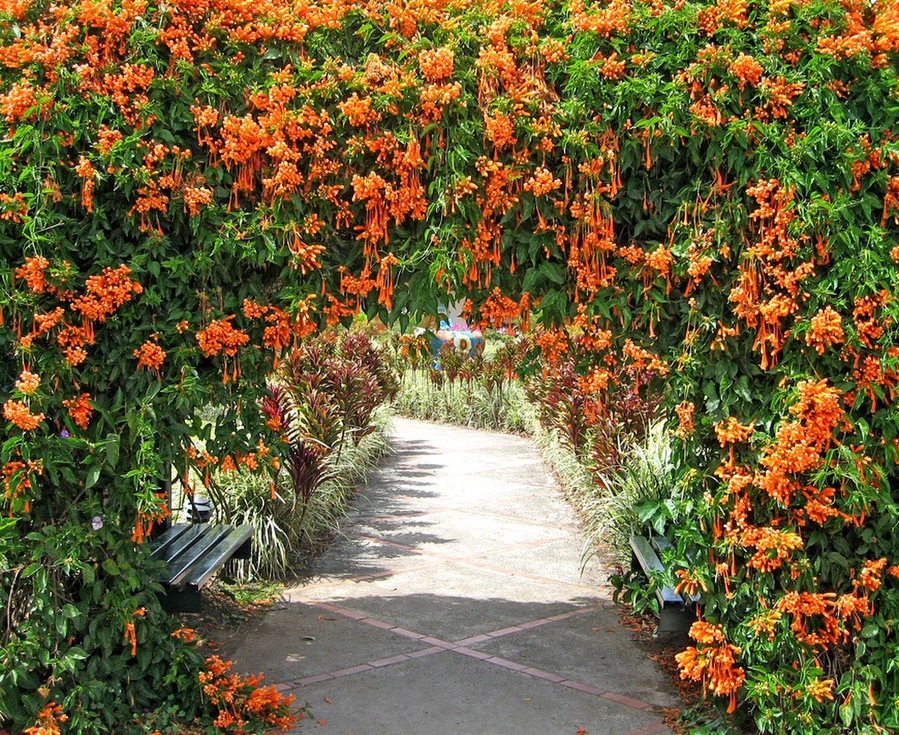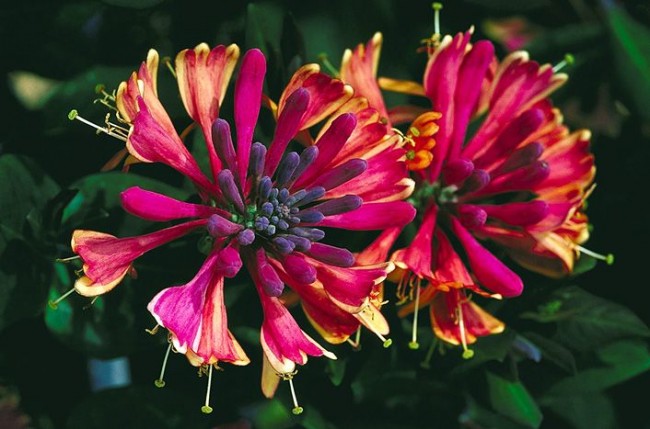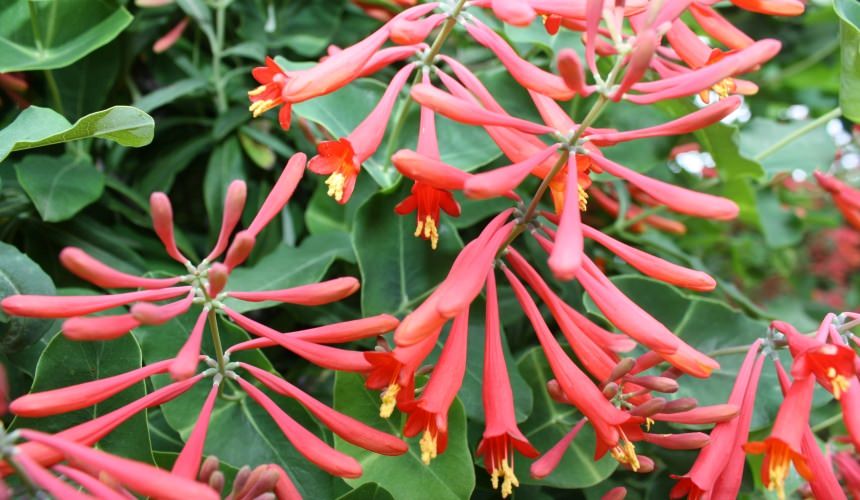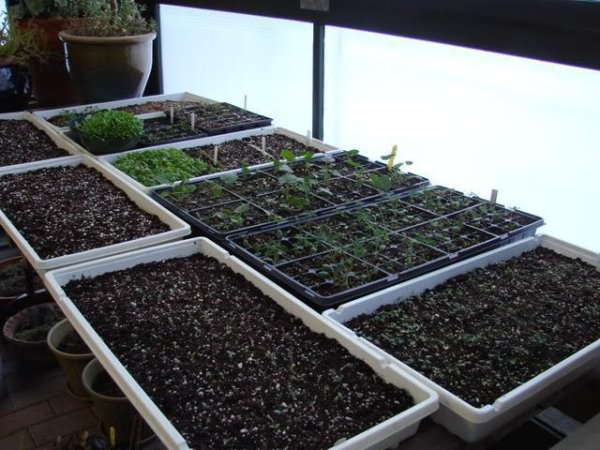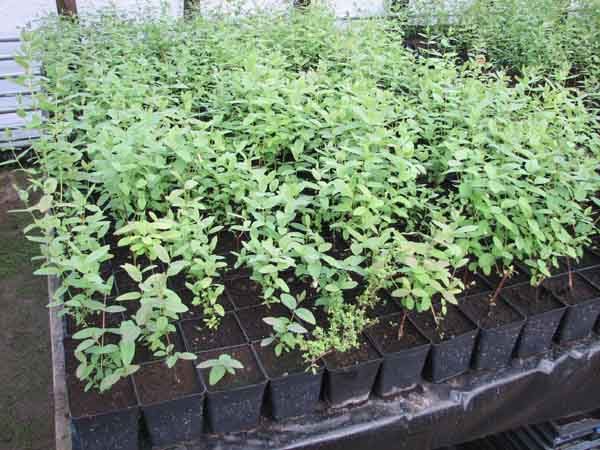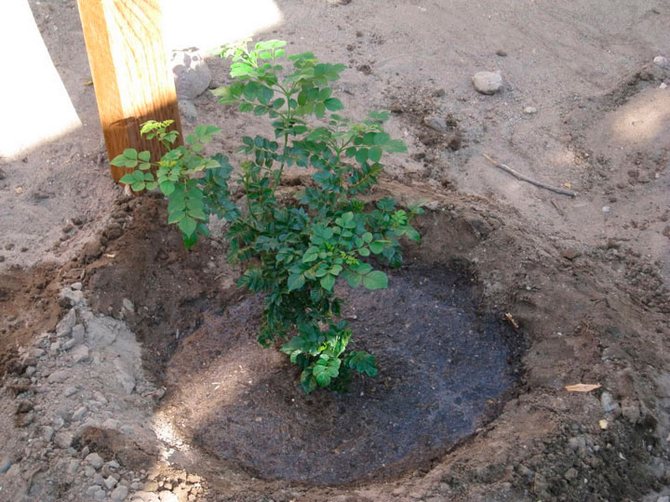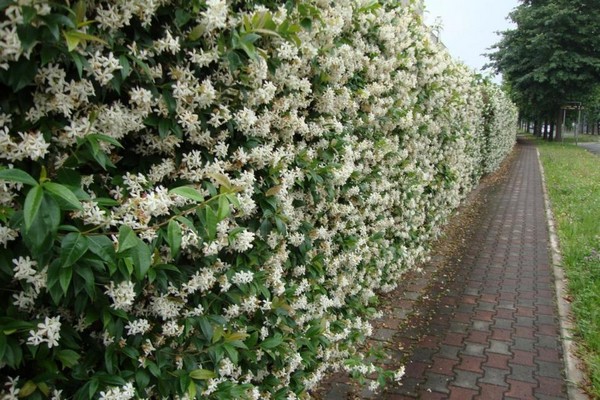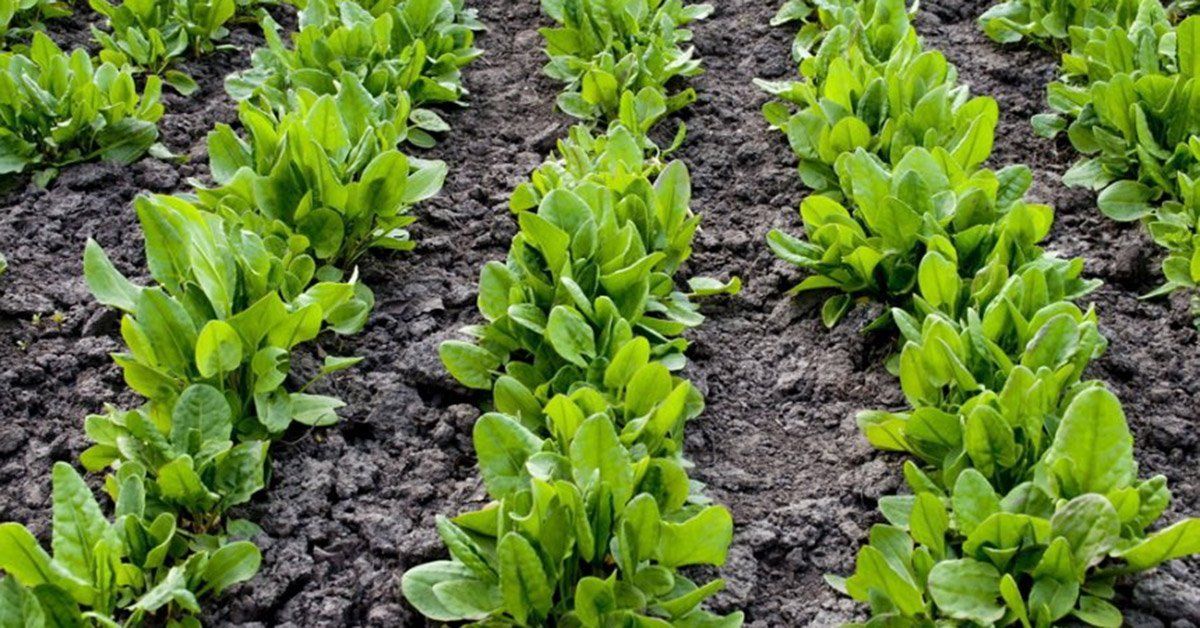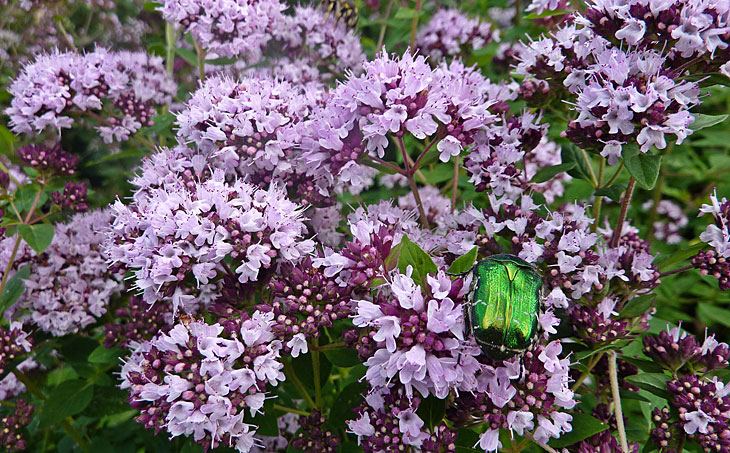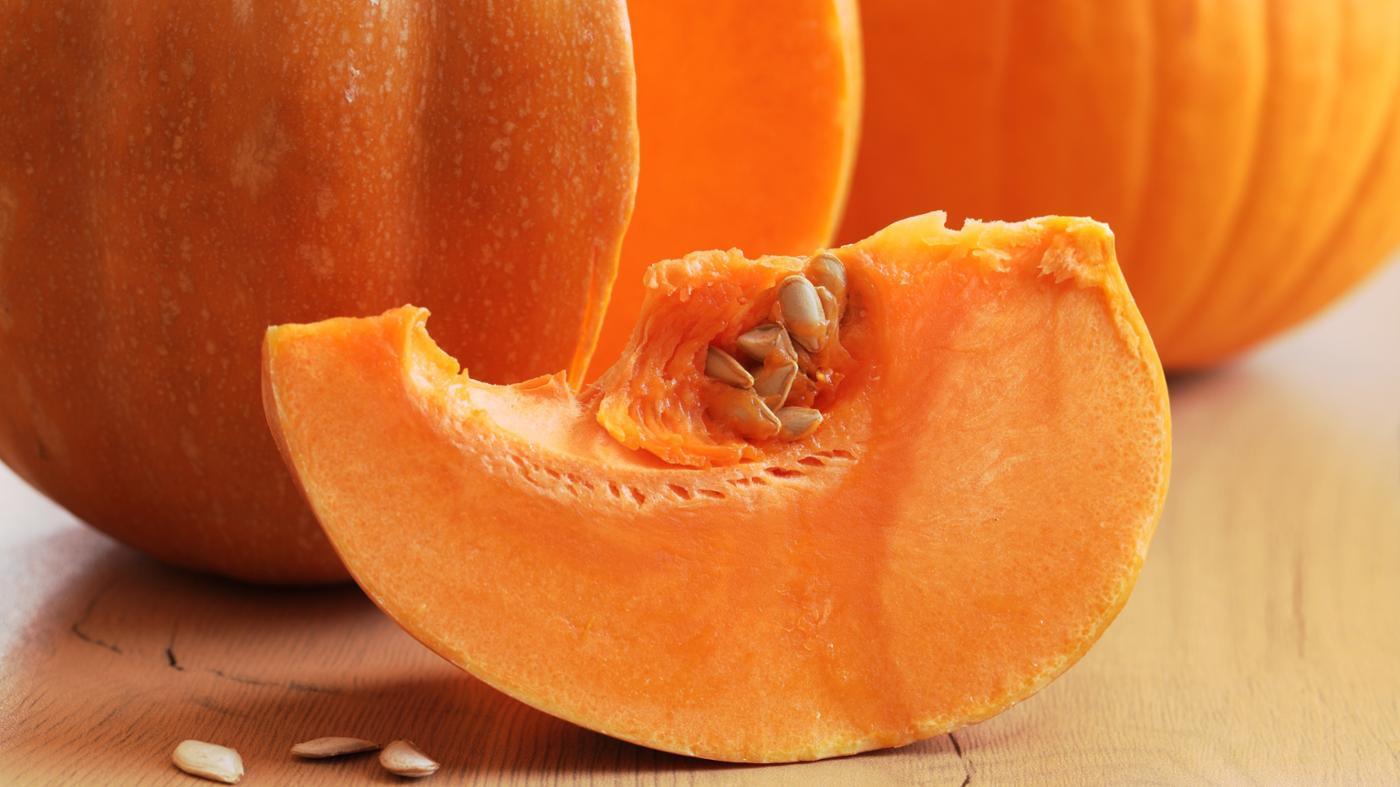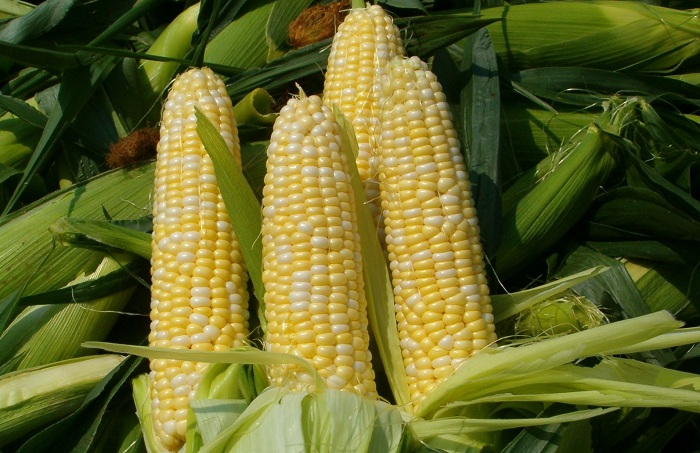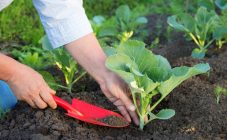Content:
In dachas and vegetable gardens, berries such as strawberries, currants, raspberries, gooseberries prevail. But now you can see a new bush too. What is honeysuckle berry planting and care in the open field? These questions are of increasing interest to modern gardeners.
Description
The honeysuckle shrub grows large if it is decorative, and small - garden. Its height can reach from a meter and above. The branches are erect. Young shoots differ in color - in most cases they are green, but sometimes they can also have a purple tint. At the same time, thin stems have slight pubescence. Old branches differ from young ones in that their thickness in section is about three centimeters. The bark is naked, yellow-brown. The bush itself, thanks to its crown, looks like a ball. The leaves are oblong, sometimes reaching 7 centimeters.
Honeysuckle flowers are yellow, funnel-shaped. They appear in early June. The fruits are long, blue in color with a slight bloom. Depending on the variety of honeysuckle, it can be different. The garden variety has the shape of a cylinder, oval or ellipse. In addition, this plant can be divided into shrub and ornamental.
Types of honeysuckle
Decorative honeysuckle is used in areas as landscaping. These varieties are curly and begin to bloom during spring and summer. In most cases, gardeners trim it and give it a shrub appearance. The most popular varieties are Caprifol and Brown.
The branches of the Kaprifol variety grow up to six meters in length, while rising up only up to two and a half meters, even along the support. This type of honeysuckle is able to braid everything that comes its way. The inflorescences appear between the leaves, which form a small dish. Ripe fruits differ from other varieties in a red tint.
This bush will look great on a gazebo. Besides, it will always be cool there. You can also create a hedge with the help of the Kaprifol honeysuckle variety. But keep in mind that this variety likes to grow in warm areas. In addition, in winter, it must be wrapped up in order to protect it from freezing.
Shrub honeysuckle grows no more than two and a half meters. It blooms and bears fruit only three years after planting in open ground. This type of plant is capable of growing and bearing fruit in areas with a harsh winter climate. Therefore, in the south, this species can not be wrapped up in winter.
In places where the soil is not fertile, you can plant the honeysuckle variety Zabelli. This is the most unpretentious variety, growing to a height of no more than one and a half meters. This variety blooms with crimson flowers.
In nature, there are a huge number of varieties of honeysuckle. Some of them are decorative, others delight gardeners with juicy fruits. Therefore, before planting honeysuckle, you need to know which of the varieties is best to choose. The most popular varieties include the following.
Long-fruited
This shrub belongs to the early varieties with edible fruits. It differs from other varieties in long, cylindrical berries that have a purple color with a waxy coating. The shrub itself has thin and curved branches.
People who have tasted the fruits of long-fruited honeysuckle describe them as dessert, with a slight sourness. These berries have no bitterness. They are used in cooking for cooking:
- jams;
- jam;
- juices;
- compotes;
- fresh consumption.
Nymph
Mid-season honeysuckle with edible fruits. The height of the shrub reaches two meters. In this case, the crown, unlike other species, is not dense. The berries of the Nymph are large, reaching three centimeters in section. The surface of the fruit is shiny, blue, with a blue tint. They taste sweet and have a slight sourness.
The positive quality of this honeysuckle is its resistance to diseases and pests. In addition, Nymph berries ripen in several stages. Thanks to this, gardeners have the opportunity to enjoy them for two months.
Moraine
Before you plant this variety of honeysuckle, you need to carefully study its characteristics. This variety belongs to the early and is suitable for cultivation in the northern and western regions of the country.
This shrub grows to a height of 1.7. In this case, the crown is not thick. The appearance of this shrub is eye-catching. For this reason, it is planted in personal plots both as an ornamental plant and for the purpose of obtaining fruits.
Fruits are large, they are distinguished by dessert taste. The pulp is tender, juicy, has a weak aroma. From one bush, you can collect up to two and a half kilograms of berries. In addition, the plant is resistant to disease and pests.
Serotin
This variety of honeysuckle is decorative. In growth, it reaches five meters in height. Its branches grow two meters each year. Honeysuckle blooms for a long time and pleases the eyes with its dark red flowers. Loves sunny places, although he feels good in the shade.
Azure
This is a garden honeysuckle that grows no more than 1.7 meters in height. The bush has a conical shape. The crown apex tapers smoothly, while its middle part remains wide. The surface of the fruit is dark in color, has a blue tint. The berries taste juicy, sweet with a slight sourness. The aroma of blueberries is felt.
Seat selection
Before planting honeysuckle, you need to choose the right place on the site. It should be borne in mind that this plant does not like shade. Therefore, the site must be sunny and at the same time protected from winds and drafts. In addition, the plant does not like to grow on hills. The soil must also be properly selected and prepared. The honeysuckle shrub does not like sandy soil. Fertilizers must be present in the soil.
Reproduction
Those who wish to have this plant on their site should know how to properly plant honeysuckle. There are two ways of propagation of this plant: seed and vegetative. In order to be successful, instructions on how to grow honeysuckle must be followed.
Seed
Before you grow honeysuckle, you need to know that you can sow it from the twentieth of September to the first of October. To do this, take a wide bowl and fill it with sand. Water it and sow seeds. Then the bowl must be covered with plastic wrap and placed in the refrigerator. This should be the vegetable compartment. Every fortnight, it is necessary to water the sand and keep the plant until spring.
In March, it is necessary to collect in a box of fertile soil 10 centimeters high, pour abundantly with water and sprinkle sand with honeysuckle seeds in an even layer. From above you need to cover with earth, compact and pour water. The box, covered with foil, is taken out into the street in warm weather. At the same time, it is installed in such a way that it is illuminated by the sun's rays.
As soon as the honeysuckle shoots appear, the film must be opened.To water the sprouts, use a spray bottle. Seedlings should grow in a box for the whole summer, and only in September they are transplanted into the ground, while a fence is made of boards. A bed with honeysuckle seedlings must be mulched with fallen leaves or needles. In this way, moisture can be kept from evaporating.
Honeysuckle edible planting is possible with the help of seeds and in another way. For this, ripe berries are used, which are kneaded and poured with water to wash the seeds from the pulp. A layer of sand is poured on the prepared bed, where water is poured along with the seeds. A layer of fertile soil is poured on top.
The seeds will give the first shoots after a month. Protect delicate sprouts from pests and rain with foil. For this, a small metal frame is made, on which the film is stretched.
But since growing honeysuckle with seeds is a long and painstaking procedure, summer residents try to grow it in a vegetative way.
Vegetative
Most gardeners who want to grow honeysuckle do not know how to plant and care for it vegetatively. For this method, you need to stock up on cuttings that are planted in the soil. This is best done in the spring. It is better to cut them off at a time when the shrub is still in a state of "hibernation". For good engraftment, the cuttings are sized 15 centimeters, ten of which are buried in the ground. The remaining five should have buds, from which the bush will develop in the future.
After the cuttings take root and grow, they need to be transplanted to a permanent place. For this it is prepared.
Remove all vegetation that previously grew freely on the site. Before planting, you need to take into account how far to plant the honeysuckle from each other. Holes are made at a distance of two meters from one another. In this case, the distance between the rows should be at least three meters. Fertilizer falls on the bottom:
- two tablespoons of nitrophoska;
- two circles of ash;
- a small amount of organic fertilizers.
All this must be mixed with the ground and poured abundantly with water. The hole is covered with foil for a week. After that, a seedling sits there. The root system must be deepened into the soil at least three centimeters. After that, the hilling procedure is carried out, the earth is dug up around, and mulch is laid, which is made from peat or manure.
Care
In the first years of its existence, honeysuckle grows and develops very actively. But after that, its growth stops, and all forces are spent on flowering and fruiting. To get a high yield, you need proper plant care. How to care for honeysuckle, step by step guide:
- Regular watering and irrigation of the bush;
- Deacidification of the soil;
- The need for regular fertilization in the form of a mixture of compost, superphosphate and ash. In the spring, you can fertilize with honeysuckle and saltpeter;
- In addition, it is necessary to carry out preventive measures against diseases.
Watering
The honeysuckle must be watered every day. In this case, it is necessary to pour one and a half liters of water under one bush. In too dry weather, the amount of water is increased to two buckets.
Fertilizers
Since honeysuckle does not like acidic soil, it is necessary to deacidify it once a year; for this, ash is diluted in water and the earth is watered.
Around the shrub, it is imperative to loosen the soil and remove all weeds that have grown in the neighborhood. In the fall, it is necessary to dig up the ground near the bushes, apply fertilizers and carry out preparatory work for wintering. To apply fertilizers in the autumn, you must take:
- 5 kg of compost;
- 40 gr. double superphosphate;
- 100 g ash.
For spring fertilization, nitrate is taken at the rate of 15 grams per square meter of area.
Pruning
It is also imperative to do pruning. In this case, the shrub is removed from the old branches. The first procedure is done after five years. It is during this period that the bush will be fully formed.At the same time, pruning is recommended in the first days of April.
Each summer resident or gardener must decide for himself whether he needs to grow honeysuckle in the country, and what kind of variety he wants to purchase. Each is useful in its own way: one is to decorate the site, the second is to please with fruits. But most importantly, you need to know how honeysuckle grows, what is needed for its planting, and what should be the care for honeysuckle.
